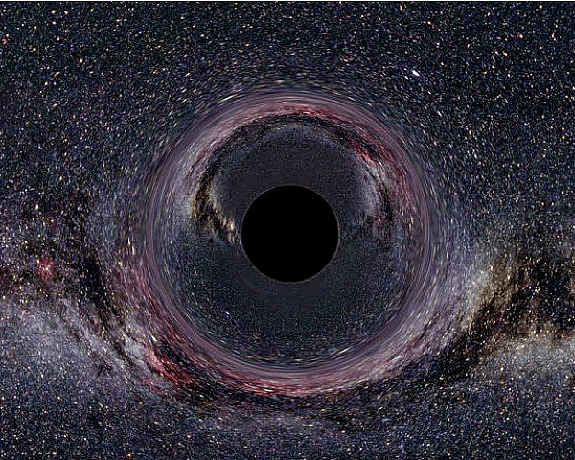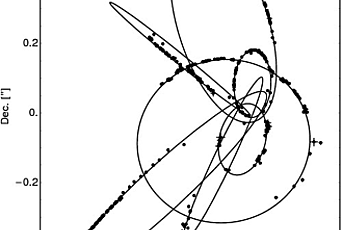
Capturing Images of the Massive Dark Void at the Center of the Milky Way
The Event Horizon Telescope (EHT) project, a multinational effort involving more than 100 researchers, including School of Natural Sciences Members Dimitrios Psaltis (2001–03), Feryal Özel (2002–05), and Ramesh Narayan (1987–88, 1994, 2001 and Visitor in the School of Mathematics in 1989), aims to turn the Earth into one giant eye next spring with super-powered radio telescopes pointed at Sagittarius A*—the black hole at the center of the galaxy first forecast by Albert Einstein and his theory of general relativity.
Using refined computer simulations, researchers will analyze EHT data to determine the black hole's size and shape. Their results could prove that Einstein's theory—the notion that gravity is due to the curvature of the continuum known as space-time—is exact. Or, perhaps, just a little bit off.
"What we are looking for is not a description of gravity," Psaltis said, "but the description that happens to be the one that describes our universe."
Read more at the Daily Galaxy.


